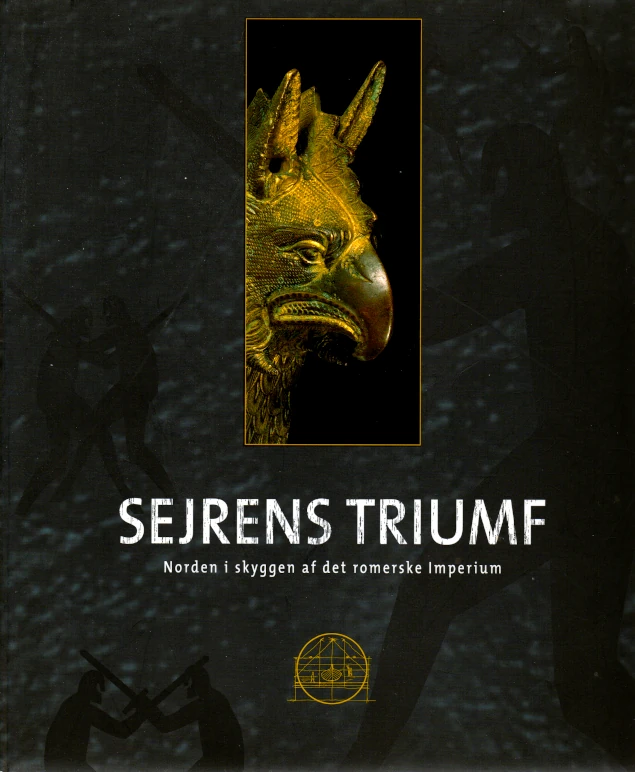Where it is a question of reconstruction of individual parts, such as e.g. shields, the sources are listed in that article.
The section on clothing is included here. However, this does not mean that any forms of clothing have been found in the bog!
The section is divided into: Finds, Tools, Clothing and Generally interesting from Prehistoric times.
Primary sources
The found
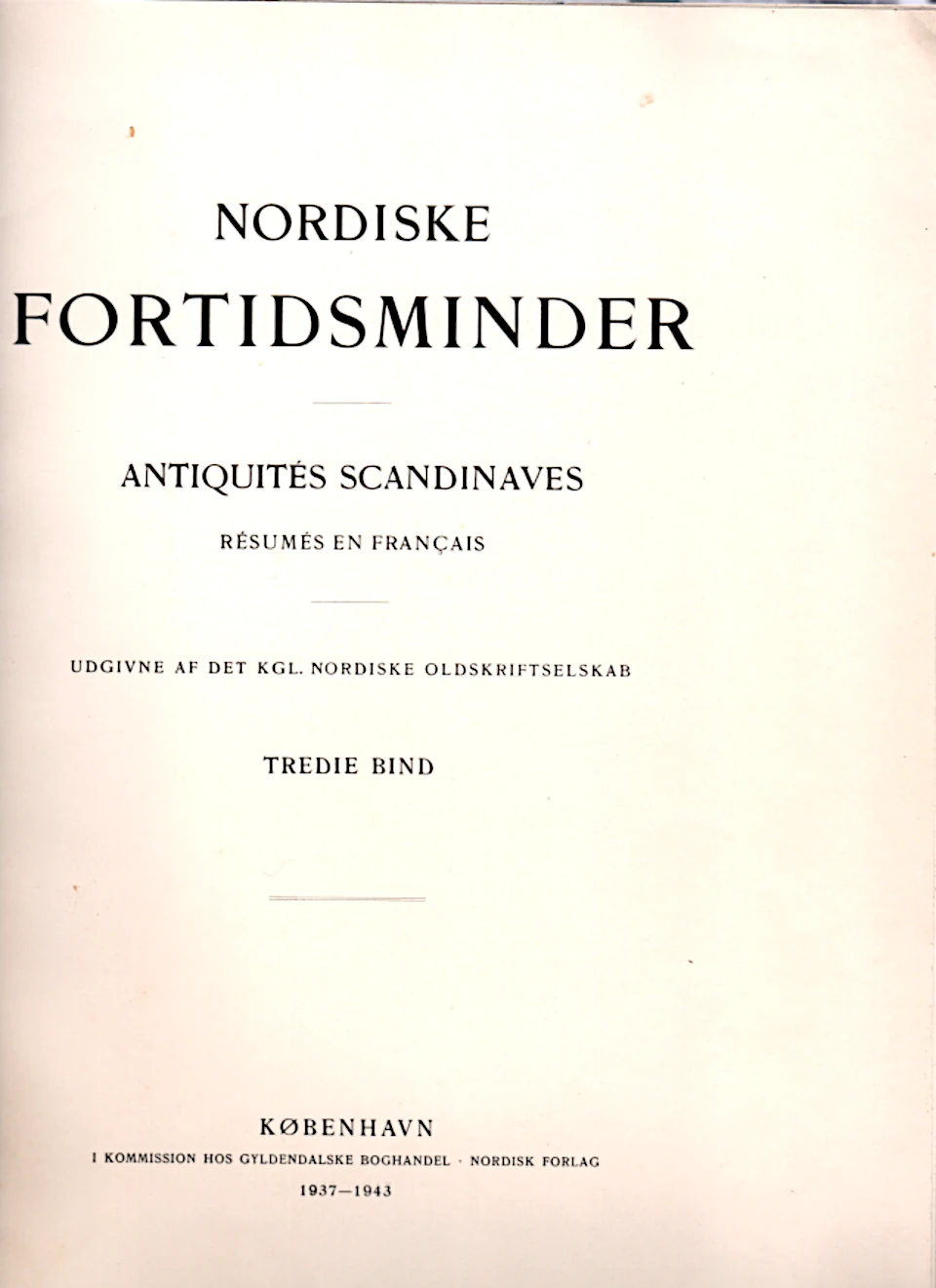
Hjortspringfundet
Nordiske Fortidsminder, III bind. 1. hefte, 1937.
Det Kgl. Nordiske Oldskriftselskab, 1937, København.
Content
- History of the find
- The bog
- The landscape and the farm
- The geological-botanical study of the Hjortspring Mose, by Professor Dr Knud Jessen
- Found objects
- The Hjortspringboat
- Dating and interpretation of the find
Plans
- The Hjortspringboat under excavation. Overview images
- Measurement of the boat by Fr. Johannessen
- Master plan of the excavation with longitudinal section
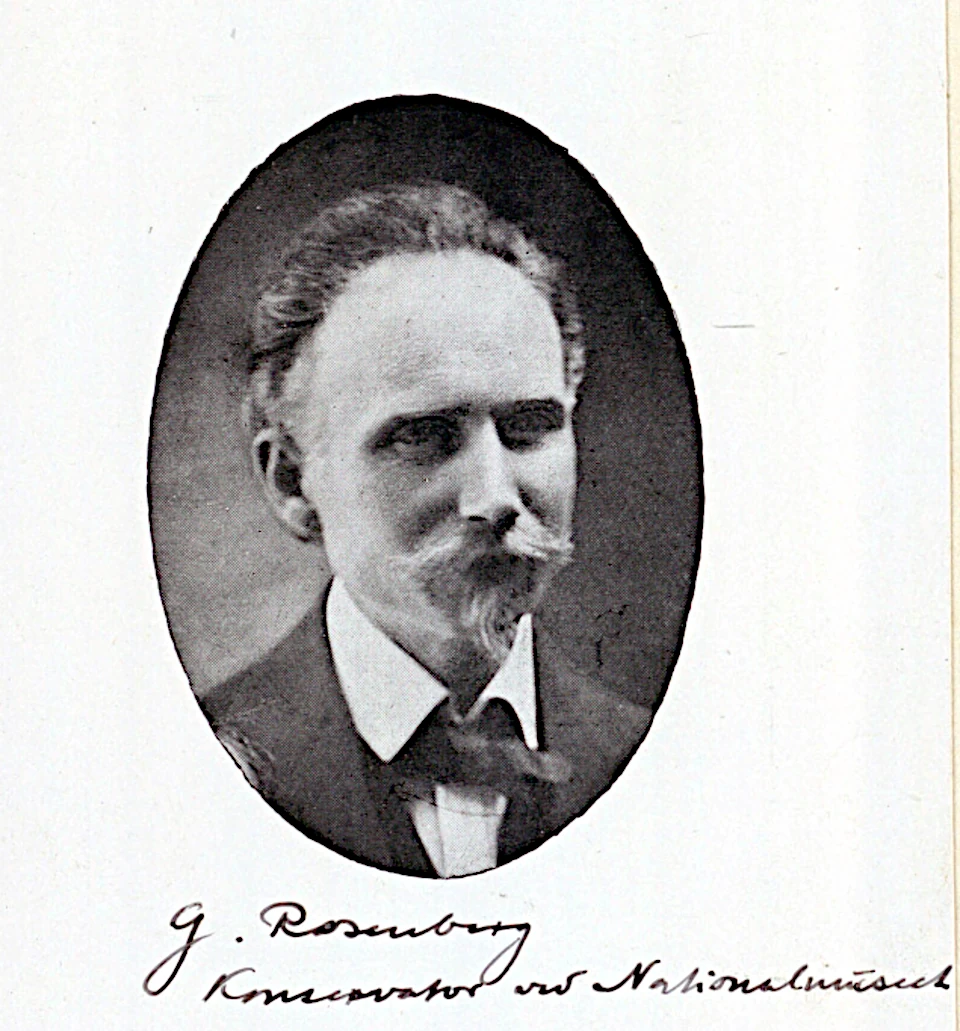
Gustav Adolf Theodor Rosenberg (08.06.1872-04.12.1940)
As a conservator, G. Rosenberg was employed at the National Museum from 1895 - 1940.
He preserved both inorganic and organic materials. He was responsible for several large conservation projects, including the Hjortspring find, for which he was also the excavation manager. He could therefore already at the time of the excavation take all considerations into account for the subsequent conservation.
In 1917 he published a method for preserving iron and bronze and he worked intensively with galvanic and electrolytic methods for preserving metal. Rosenberg also developed and improved methods of preserving textiles.
Rosenberg carefully described his methods in his notebooks, much to the delight of his successors.
He was also the leader of the excavation of the Ladby ship, 1935 - 1937.

Da våbnene tav
Nationalmuseet
Nyt Nordisk Forlag Arnold Busck
København 1988.
ISBN 87-17-06023-0
This book describes the find and its relationship to the Pre-Roman Iron Age and to the Celtic population of central Europe.
Content
- Introduction
- The found
- Other weapon sacrifice finds and sacrifices from the time around the Hjortspring find
- Arms and armament
- Postscript
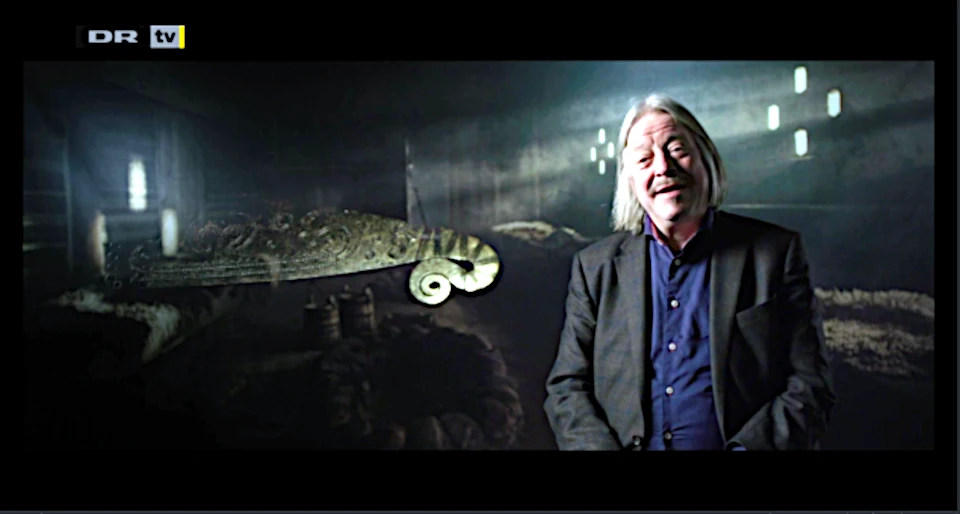
Archaeologist from the National Museum defends doctoral dissertation, which uncovers approx. 3,000-year-old myths and concepts.
The myth of the sun's journey across the sky was the background for Bronze Age image makers. The horse, the snake and the ship let the sun travel through the day from night to day. It provided inspiration for the pictorial world that is now interpreted in Flemming Kaul's work "The Religion of the Bronze Age", which is accepted as a defense for the philosophical doctorate.
Studies of Nordic Bronze Age iconography
Nordic Memories of the Past, series B, vol. 22.
The picture is from DR's TV series: Historien om Danmark, Metallernes tid, 2017.
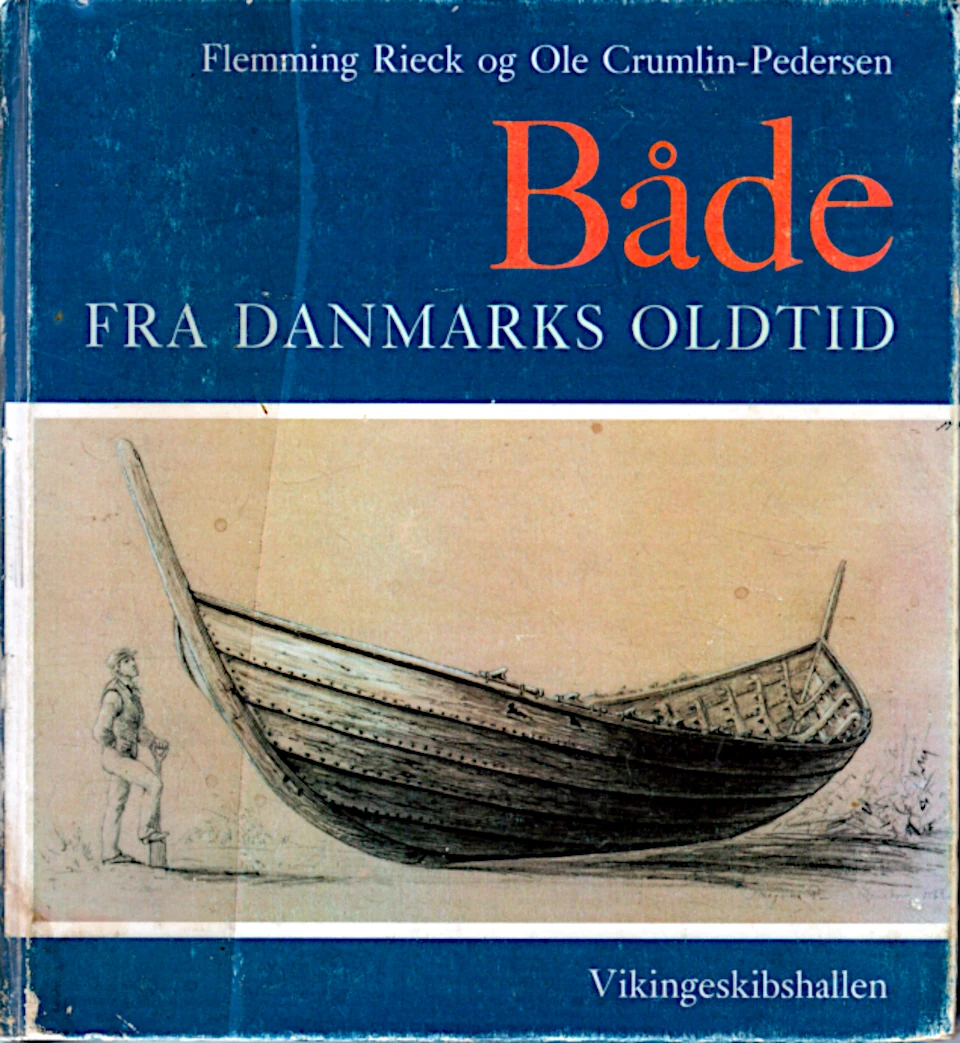
Både fra Danmarks Oldtid
Roskilde 1988.
ISBN 87-85180-12-2
A description of found boats from the oldest times up to the year 800 with references to surrounding countries.
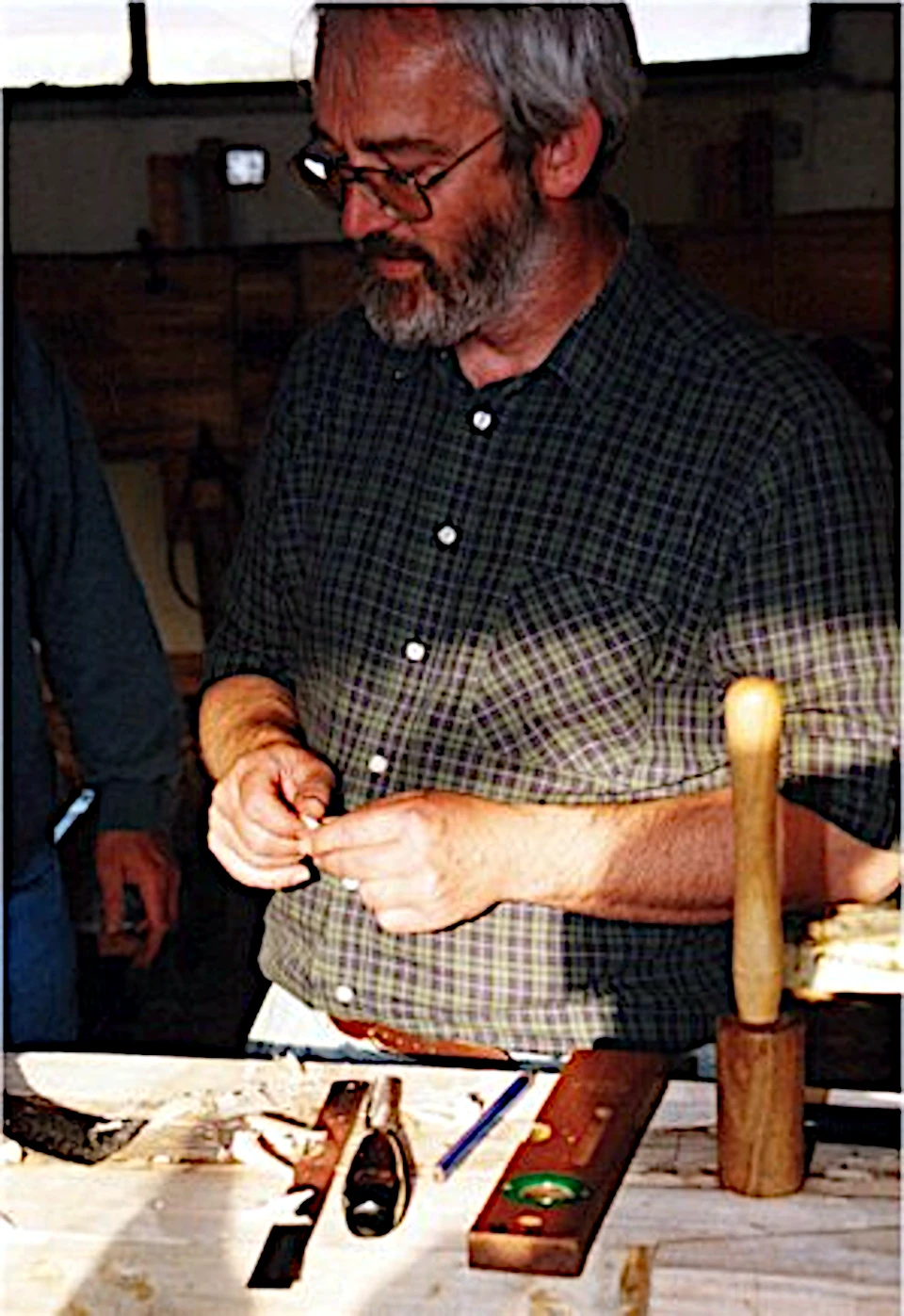
Flemming Rieck
Prehistoric archaeology.
Marine Archaeology.
Led the excavations in Nydam Mose 1989 - 1999.
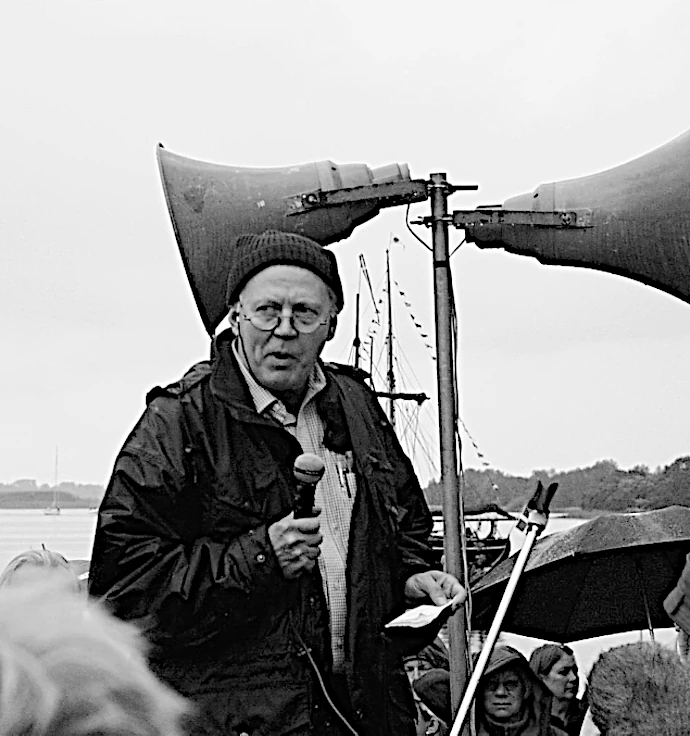
Ole Crumlin-Pedersen (1935 - 2011)
Was founder of the Viking Ship Museum in Roskilde and head of the National Museum's Marine Research Center (NMF) in Roskilde.
He is also known as "the Grand Old Man" in Danish marine research.
Crumlin-Pedersen is widely recognized for his research as well as his role in presenting marine archeology to the public.
Has published a number of books and writings.
Has been the editor of the book series SHIPS AND BOATS OF THE NORTH.
In 2001, Ole Crumlin-Pedersen became an honorary doctor at the University of Copenhagen.
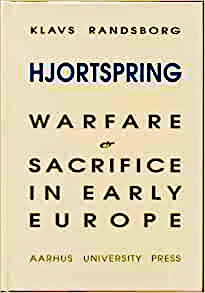
Hjortspring

Klavs Randsborg (1944 - 2016)
His research focused on the Bronze Age and the Viking Age, and he wrote several books on the subject.
Værktøj
Conrad Engelhardt
Kragehul Viemosefundene
Forlaget ZAC 1970
Poul Riis Svendsen
Værktøjteknik - modeller
Notabene 1987
(DK91.1)
Gerhard Jacobi
Franz Steiner Verlag GMBH
Wiesbaden 1974
Robert Thomsen
Varde Staalværk 1975
Notabene 1987
ISBN 97 7499 284-9
Svend Nielsen
Aarbøger for nordisk Oldkyndighed og historie 1984
Det Kongelige Nordiske Oldskriftselskab
Poul Vouga
Monografie de la station publiee au nom de la commission des fouilles de la Tene
Kar W. Hiersemann
Leipzig 1923
Jørgen Lund
Skalk nr. 1 1978
Excavation of a cellar from the Celtic Iron Age in Overbygård, north of Limfjorden. The cellar had burned, while it was filled with stores and other well-preserved items, here among two period-typical single-edged swords and an ax with a shaft (page 9).
Our clothing exhibition
As the subject of the exhibition is Iron Age clothing, we have chosen to refer to:
Elisabeth Munksgård
Nationalmuseet, København. 1974
Margrethe Hald
Det Kgl. Nordiske Oldskriftselskab
Nordisk Forlag 1950
Klaus Ebbesen
Carlsens forlag. København, 1986
Linda Boye
P. Haase og Søns Forlag, København, 1986
Bonniers
Håndarbejds Leksikon
Bonniers Specialmagasiner A/S, København 1996
Related publications

Jørgen Jensen (1936 - 2008)
Dr. phil. 1999, with the thesis: The end of the Bronze Age - a northern European perspective. Museum inspector at the National Museum, Denmark's Antiquities until his retirement in 2003. Amanuensis at the University of Copenhagen 1965-72. Mag. art. in prehistoric archeology 1963 (received the University of Copenhagen's gold medal in 1962).
Danmarks Oldtid:
Bronzealder, Bind 2
2002
ISBN 87-002-00331-7
Danmarks Oldtid:
Ældre Jernalder, Bind 3
2003
87-02-00333-5
See more below
Danmarks Oldtid:
Yngre Jernalder og Vikingetid, Bind 4
400 e.Kr. - 1050 e.Kr.
2004
ISBN 87-02-0333-3
Ældre Jernalder, Bind 3 (Older Iron Age, Volume 3)
All four volumes can absolutely be recommended, both for the high professional level and for the good language.
There is a well-developed notation device, subject index, place and name index, literature and image index.
Harry Kahl, et al
Roar Linde 71
Hjortspringbåden som kulturaktivitet
Roskilde, 1971
A description of an earlier attempt to build the Hjortspringboat, from 26 June 1971 to 18 July of the same year!
The boat has been sailing!
P.V. Glob
Mosefolket,
Jernalderens mennesker bevaret i 2000 år
Gyldendal, København, 1965
ISBN 87-01-56201-0
A description of Iron Age people found in bogs in Denmark and other countries. It is worth mentioning that the age of the Grauballeman has been re-determined, by a non-destructive method with the tandem accelerator at Århus University in 1996, to the same time period as the Hjortspringboat - year 350 BC.
Anni Brøgger
Forlaget Mammut, 2003
ISBN 87-989416-0-7
Flemming Kaul, Inspector at the National Museum writes:
Egtvedpigens Dans is located in the exciting crossroads between science and art - between experimental archeology and communication, and it provides new perspectives for communicating and expanding our knowledge of the rich Nordic Bronze Age culture.
Anni Brøgger danced on Tilia Alsie at the celebration of the "rebirth" of the Grauball man in May 2000 in Silkeborg.
A DVD with the film "Egtvedpigens Dans" is included, duration 20 min.
Valdemar Dreyer
Hjortspring
H.C.Lorenzens Forlag, Nordborg, 1987
ISBN 87-88558-09-6
A collection of stories with Hjortspringgård, on whose land the Hjortspringbåden was found, as the center.
People have lived on the site for as long as there has been agriculture in Denmark, approximately 5,900 years.
The stories cover a 900-year period from 1086 to 1987.
Valdemar Dreyer
Nørreskoven på Als
Historisk Samfund for Als og Sundeved, 1992
ISBN 87153-09-2
Description of Nørreskoven on Als, especially the many finds from the past:
round and long dowels, cup stones, fortifications, ...
Hjortspringgård is a neighbor to the forest.
Lars Møller Andersen
Report from experimental project HAF 27/98
Attempts at reconstruction and testing of painted shields from weapon sacrifice finds.
Ole Nielsen
Shooting tests with Iron Age bows
Experimental Archaeology
Studies in technology and culture
No. 1 1991

GERMANIA
Commented and translated by
Allan A. Lund
1st edition, 2016
Published by the publisher Wormianum, Højbjerg Tidsskriftet Skalks forlag, www.skalk.dk
ISBN 978-87-89531-51-9
Preface
Tacitus's "Germania," originally written in the year 98, is a little book which, ever since the beginning of the 16th century, has been read with varying degrees of attention and varying benefit depending on who studied it. The Italian humanists had their point of view on the scripture and the learned Germans a slightly different one, which in retrospect seems nationalistic.
...
The book is 152 pages long, of which Tacitus' writing is 25 pages long! The rest are comments and notes.
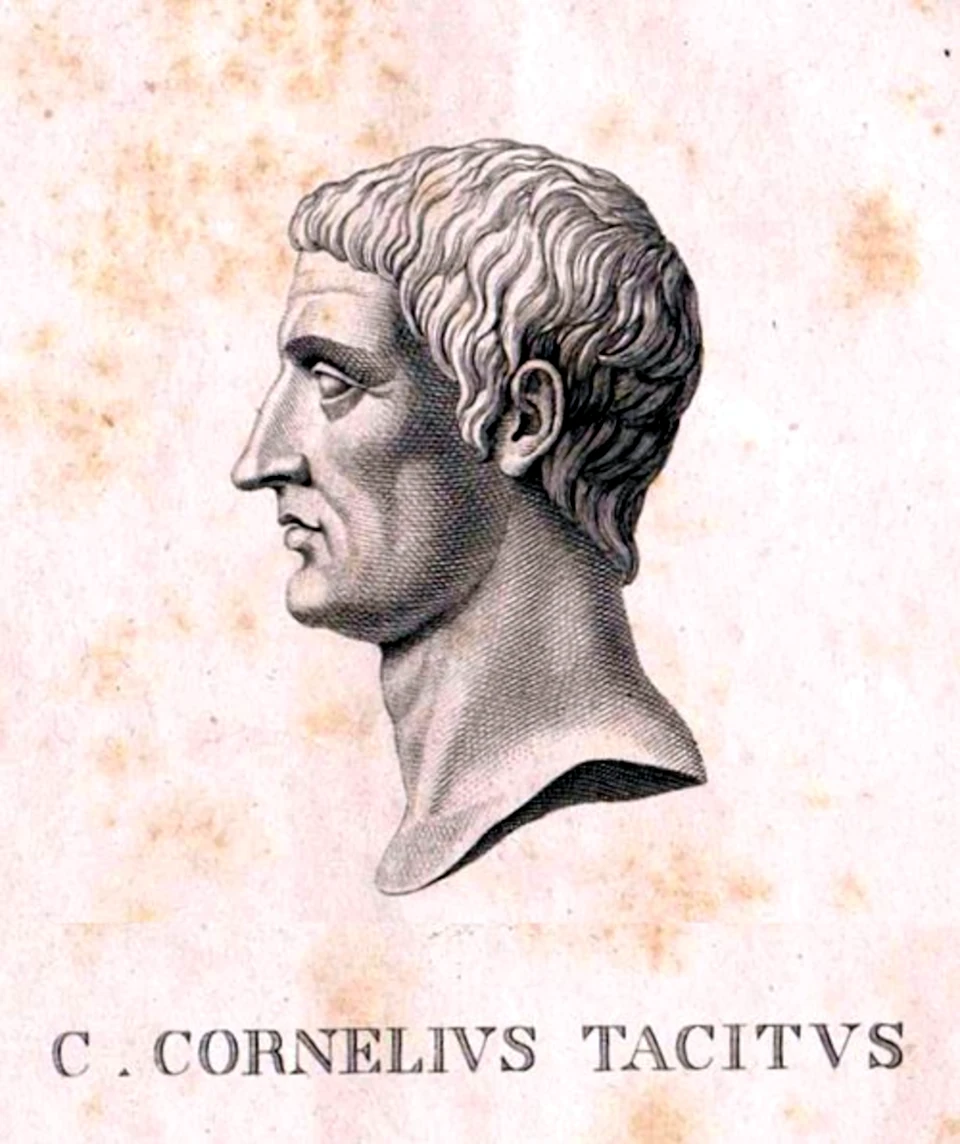
Publius (eller Gaius) Cornelius Tacitus (ca. 56-120 e.Kr)
Tacitus was born into a provincial family of the chivalry in northern Italy or southern Gaul. As a young man, he studied rhetoric to prepare for a career in law and politics.
When he was in his 20s, he married Julia Agricola, daughter of Gnaeus Julius Agricola. His father-in-law's exploits as governor of the province of Britannia were carefully covered in his works, and it is clear that there was a good relationship between the two.
He began his political career in 81 as a quaestor. He then continued through the cursus honorum and became known as a skilled orator and lawyer. It was noted that his name did not fit very well ("tacitus" means "quiet")1




